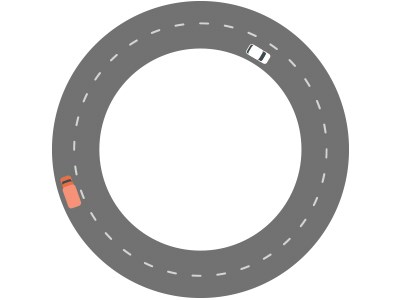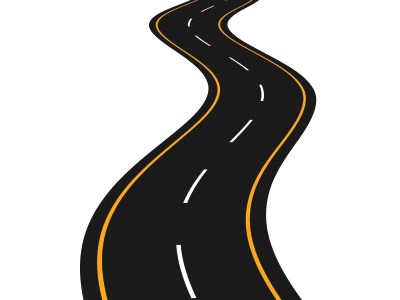Driving test tourism - is it for you?
Passing a driving test is a major milestones in our lives. We gain greater independence, the ability to travel without relying on a bus, friends or parents – freedom!
While the driving theory test is a level playing field, asking the same questions of all drivers, for some, the practical driving test can be a major hurdle to becoming a fully independent driver. It seems that where you live can make a big difference to your chances of passing your test.
Statistically, some places in the UK have a much lower pass rate than the national average of 46.9% (2014/15). The test centre with the lowest pass rate during this period was Belvedere (London) with 30.3%. Compare this with the Isle of Mull at 91.7%. It’s worth noting however, that a mere 12 driving tests were conducted on the Isle of Mull compared to 4,092 in Belvedere.
This small sample makes it hard to draw any meaningful conclusions, but that’s not dampening enthusiasm for “driving test tourism”, where learner drivers perceive a soft option for taking their practical driving test in remote, rural areas with higher pass rates.
Did you know that you can take your driving test anywhere in the UK, not just your local test centre? Those that do are heading for the hills! But is it really as easy an option as some learner drivers think it is?
What can make a driving test area more difficult?
|
 |
 |
|
|
 |
 |
|
|
 |
On the whole it’s easy to understand how a quiet, rural location might seem less overwhelming than a busy town or city environment in a test situation.
Arguments for rural test centres
Statistically there’s a higher chance of passing your test. Pass rates have been falling over the last few years, so who could blame you taking advantage of every opportunity?
Traffic can be lighter in rural areas, with fewer busy junctions, traffic signals and dual carriageways.
Arguments against…
Remote areas don’t hold all the advantages:
 |
|
|
 |
 |
|
|
 |
Wherever you take your driving test, all these potential hazards can be overcome if you’re adequately prepared. But driving test tourism does pose a serious question: what’s the higher priority, passing the test or actually being sure that a learner driver is properly prepared to drive in any given situation?
It’s understandable that drivers who repeatedly fail their test in places like Belvedere should book a flight to a remote Scottish island for the weekend, but does that slip of paper qualify them for tackling the rush hour back in Belvedere on Monday morning?
Related pages:
Released On 15th Sep 2024
